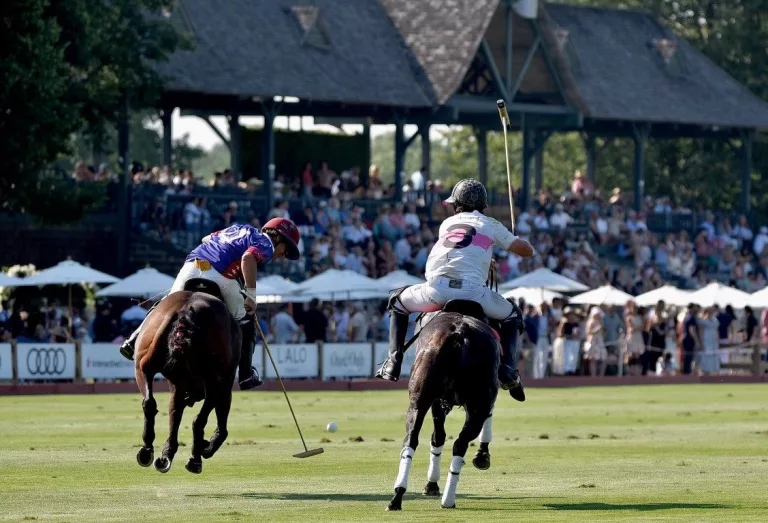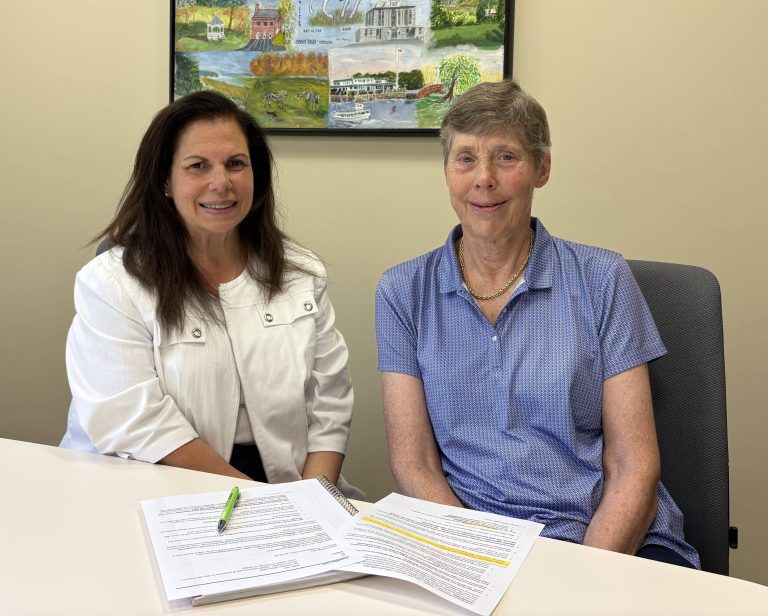
By Edward Horstmann
When I was a freshman in college I took an art course during my first semester. I no longer remember what inspired me to do so. But it was an eye opener. For the first time in my life I experienced the rich, dark line that charcoal can make on a pristine page of high quality paper. I created abstract expressionist pieces in pink, lime green, and brilliant yellows: colors that most definitely had not been part of my life in any way, shape or form while growing up in Bennington, Vermont. One day I instinctively splashed black paint across a canvas (just because I could!) and was intrigued by the way that those haphazard marks interacted with the other shapes in the rest of the painting. What in the world was going on in me, and with those materials, as I set out in the Gulf Stream of the creative spirit to go with its flow? I could not have explained what it all meant, or even if it had meaning, but I loved the way it made me feel.
In the years after that generous introduction to the force of creative power within me, I bought sketchbooks and paints and beautiful pencils, all in the hopes that one day I might re-connect with the passion for making beauty that I had encountered in college. But for a very long time those supplies, so rich with potential, only occasionally made it out of their containers. Until one day, about ten years ago, when I was living in Hartford, I decided to take a course at the Farmington Valley Art Center. The teacher had few expectations of us. We were encouraged to work as we were drawn to work, and for a while I had to admit that I wasn’t drawn to much, and didn’t really know how to begin.
Seeing that I was stumped, our teacher gave me advice that opened a world to me. “Just make a mark,” she said. “And then make another one. Just keeping making marks.” So that’s what I did. I bought a box of pastels (making sure to include pink, lime green, and some brilliant yellows!) and at random chose one from the box and slashed a line of vibrant color across the canvas. Then I chose another color and repeated the process. I began to learn that certain colors seemed to call for other colors to join them. Certain shapes wanted other shapes to join them. So I made the connections, often feeling as though I was a servant of some invisible power that knew exactly where it was headed and had found that I was at least a passable delivery system.
If you have read this far into the article, you may be wondering why a pastor, in a newspaper column that is dedicated to the exploration of faith, has described a journey that seems to have little explicit connection with organized religion. I would be happy to share your curiosity, because I think about that question every day of my life. My answer at this point is that the making of art, at least in the way I am making it, has helped me to understand what it means to live a spiritual life. The artistic process can be a way of approaching a canvas with little more than the confidence that “one mark after another” might lead to a vision that has its own beauty and integrity. That’s true of faith as well. As I read the stories of Jesus I see a man who offered himself with radical trust to the canvas of each day. Perhaps only rarely did he have any idea of who he might meet, what illness would need his healing touch, or what stories he would tell to liberate the imaginations of his listeners. He was an artist in the sense that he made one mark after another in the direction of believing that their cumulative value would bring life to the world. As far as I can tell, he didn’t work with a template or a to do list or a set of formulas to guide his interactions. He was constantly improvising, experimenting, sowing seeds, and sometimes certain actions were more effective than others. But every mark he made, every touch and word and prayer, was made with the fierce energy of love. That force that flowed through him was a force for good.
As people of faith we are called to improvise with the materials of faith, hope and love. This is an artistic process that takes some getting used to. But God trusts us with the materials of life to make something beautiful. We have the Spirit to offer us guidance and wisdom. And the canvas of each and every day awaits our loving touch until heaven and earth are one.
The Rev. Dr. Edward G. Horstmann is the Senior Minister at Round Hill Community Church, 395 Round Hill Road, Greenwich.




